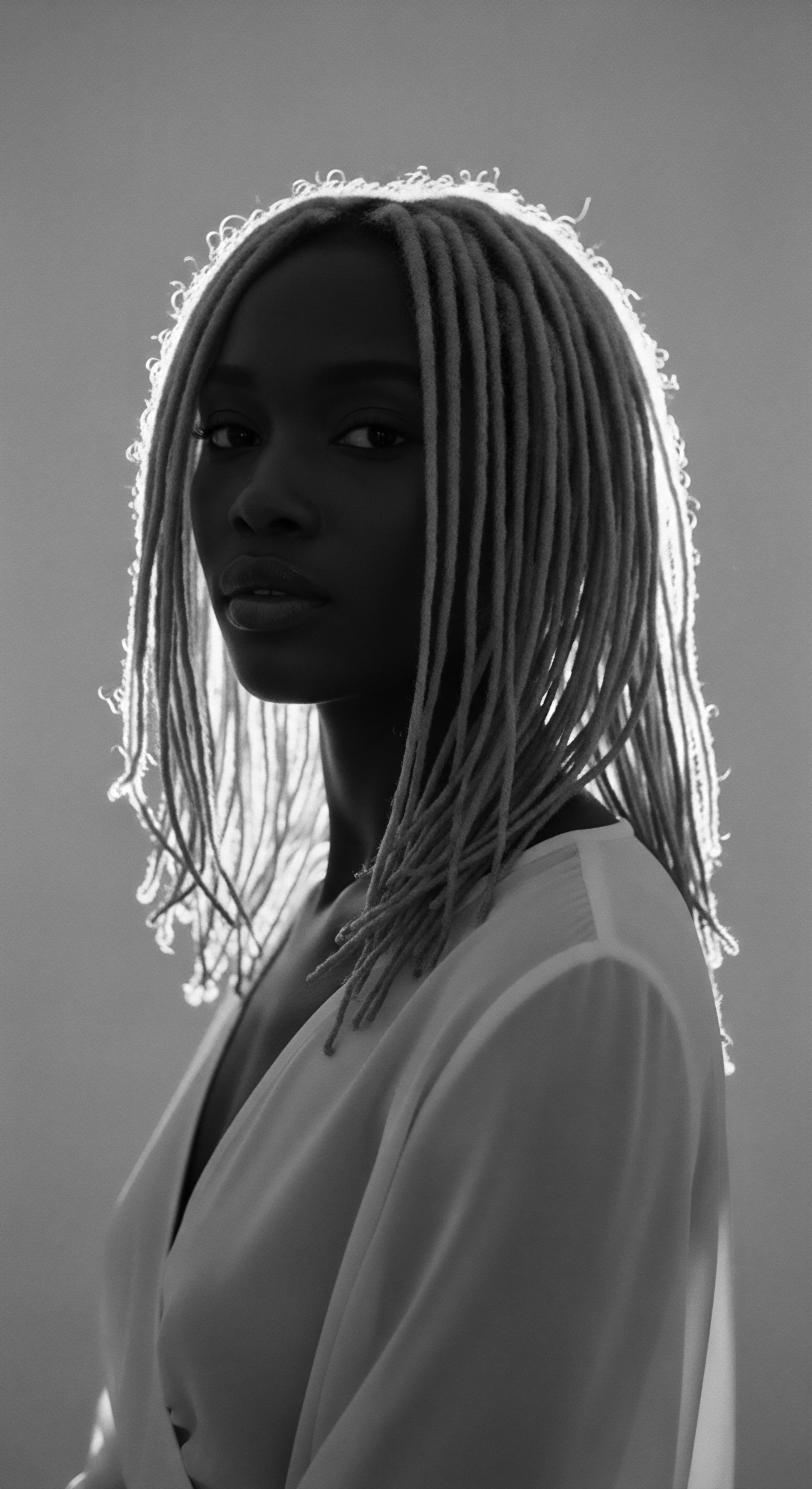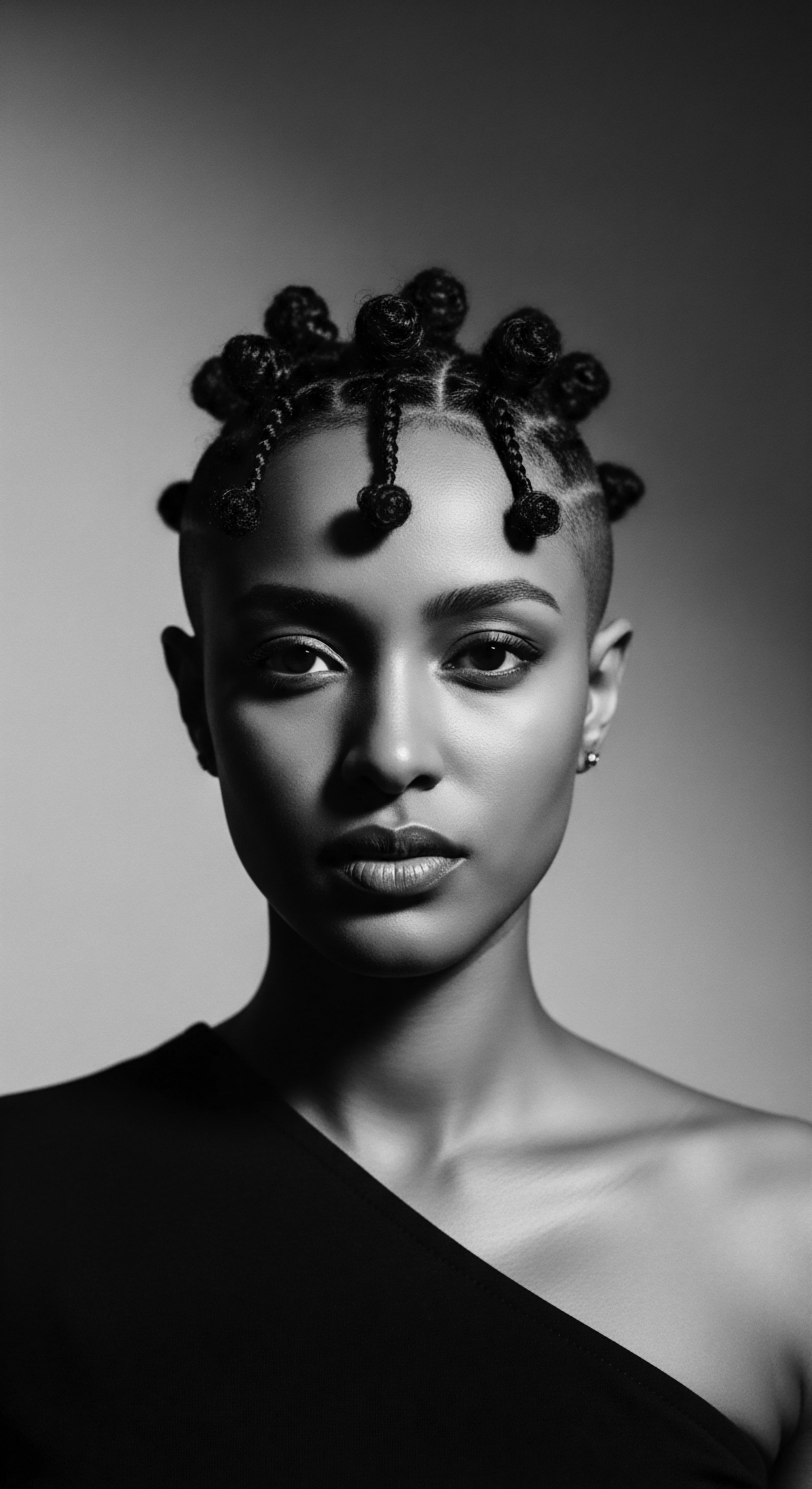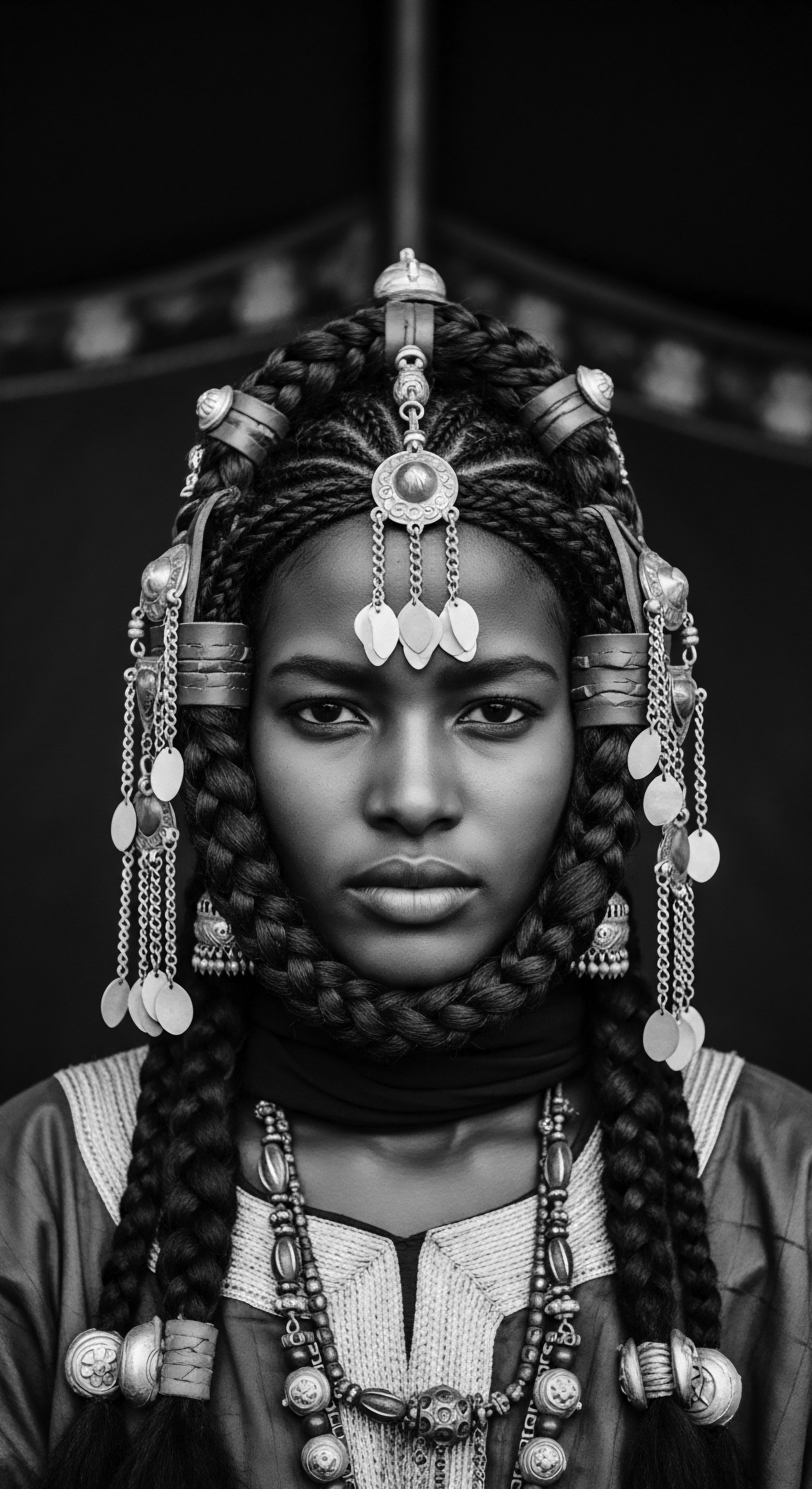
How does the preservation of traditional hair practices contribute to Black cultural resilience?
The preservation of traditional hair practices strengthens Black cultural resilience by connecting generations to their ancestral heritage, defying erasure, and affirming identity.

What is the role of hair in Black identity?
Hair in Black identity is a living archive, intricately linked to textured hair heritage as a symbol of cultural continuity, resilience, and profound self-definition.

Can textured hair practices influence future community solidarity and identity?
Textured hair practices, deeply rooted in African and diaspora heritage, intrinsically shape community solidarity and individual identity by transmitting cultural knowledge and affirming shared experiences.

How did textured hair become resistance?
Textured hair became resistance by embodying deep cultural heritage and self-affirmation against centuries of colonial suppression and Eurocentric beauty norms.

How does CROWN Act honor hair heritage?
The CROWN Act legally protects the right to wear natural, textured hair, honoring ancestral heritage and combating race-based discrimination.

How does textured hair represent cultural pride today?
Textured hair represents cultural pride through its deep, unbroken connection to ancestral practices, resilience, and the reclamation of identity.

What is the lineage of textured hair cultural practices?
Textured hair cultural practices represent a rich heritage of identity, resistance, and communal care originating in ancient African societies.

In what ways do traditional rituals sustain textured hair heritage today?
Traditional hair rituals sustain textured hair heritage by transmitting ancestral wisdom, affirming identity, and preserving cultural bonds.

